Table of Contents
The Turkish flag, also known as the flag of Turkey, holds a significant place in the nation’s history and culture. With its vibrant colors and meaningful symbolism, it represents the Turkish identity and heritage. In this article, we will delve into the intriguing aspects of the Turkey flag, its design, historical background, and the symbolism behind its elements.
The Turkey flag features a red field with a white crescent moon and a star at the center. The red color symbolizes bravery and valor, while the white represents peace and integrity. The crescent moon and the star have historical significance in Turkish culture, deeply rooted in its Ottoman past.
Turkey Flag: Colors and Symbolism
- The flag of Turkey features a red field with a white crescent moon and a star at the center.
- The red color symbolizes bravery, valor, and the sacrifices made by the Turkish people.
- The white color represents peace, integrity, and the harmonious nature of the Turkish nation.
- The crescent moon and star represent the historical and cultural significance deeply rooted in the Ottoman tradition and the broader Islamic heritage.
- The flag’s design reflects the nation’s aspirations, cultural heritage, and unity among the Turkish people.
Flag of Turkey
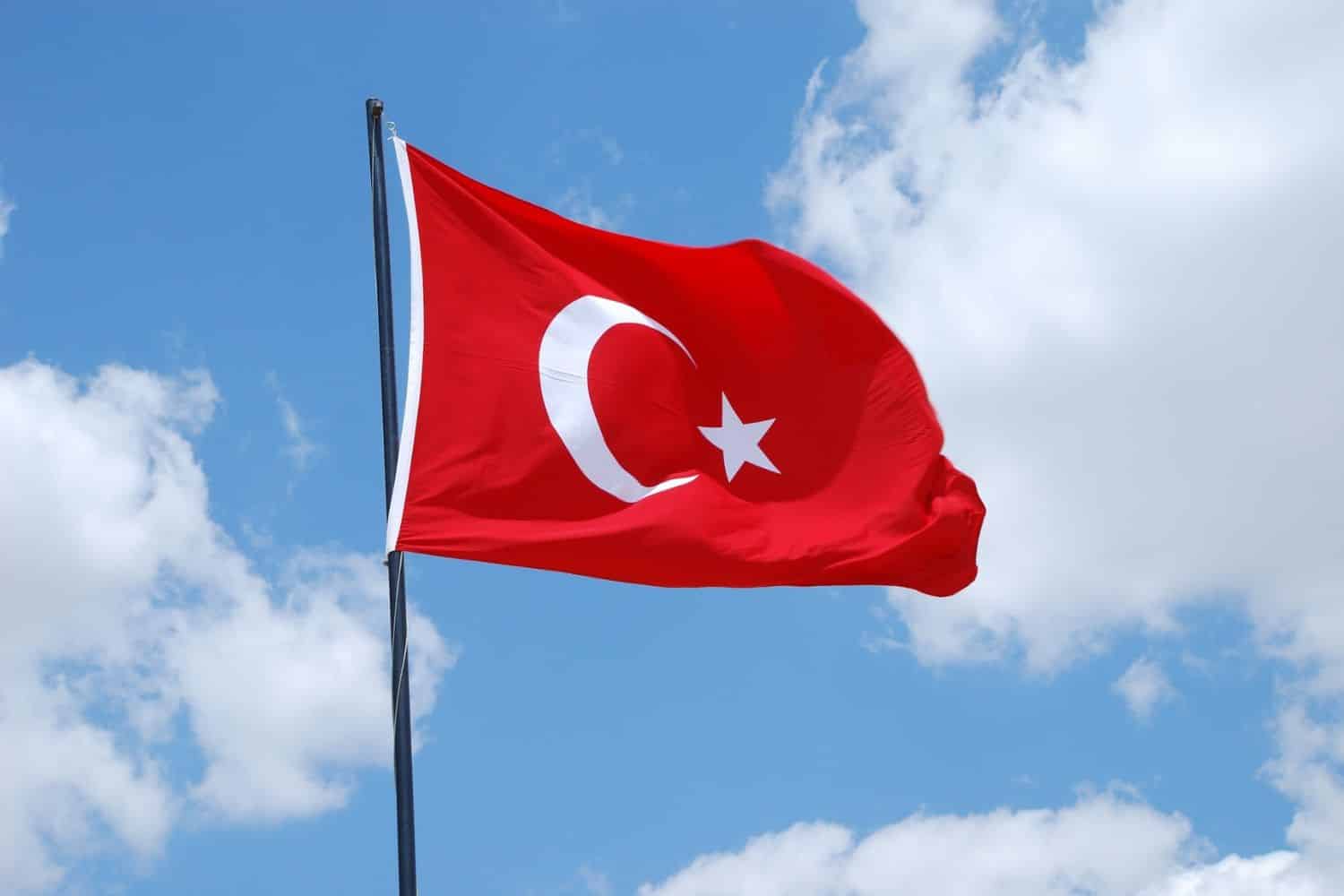
The flag serves as a potent symbol, encapsulating the cultural heritage and the spirit of the nation. The design is a composition of a red backdrop with a white crescent moon and a star situated at the center. The red color illustrates bravery and valor, a tribute to the sacrifices made by the Turkish people throughout their history. The white elements, the star, and the crescent moon signify purity and peace, illustrating the hopeful spirit and the vibrant landscapes of Turkey. The crescent and star carry historical and cultural importance, symbolizing unity and tradition in Turkish society.
The history of the flag is intrinsically linked with Turkey’s rich heritage and its fight for independence. Officially adopted on June 5, 1936, the flag embodies the unity and aspirations of the Turkish people.
Going beyond its physical attributes, the flag from Turkey bears deep symbolic connotations. The colors and symbols echo the values and hopes of the Turkish populace, portraying bravery, purity, and unity. The crescent and star, a noteworthy emblem in Turkish tradition, embody Turkey’s cultural heritage and stand as a testament to the nation’s resilience and unity.
National Flag Etiquette and Protocol
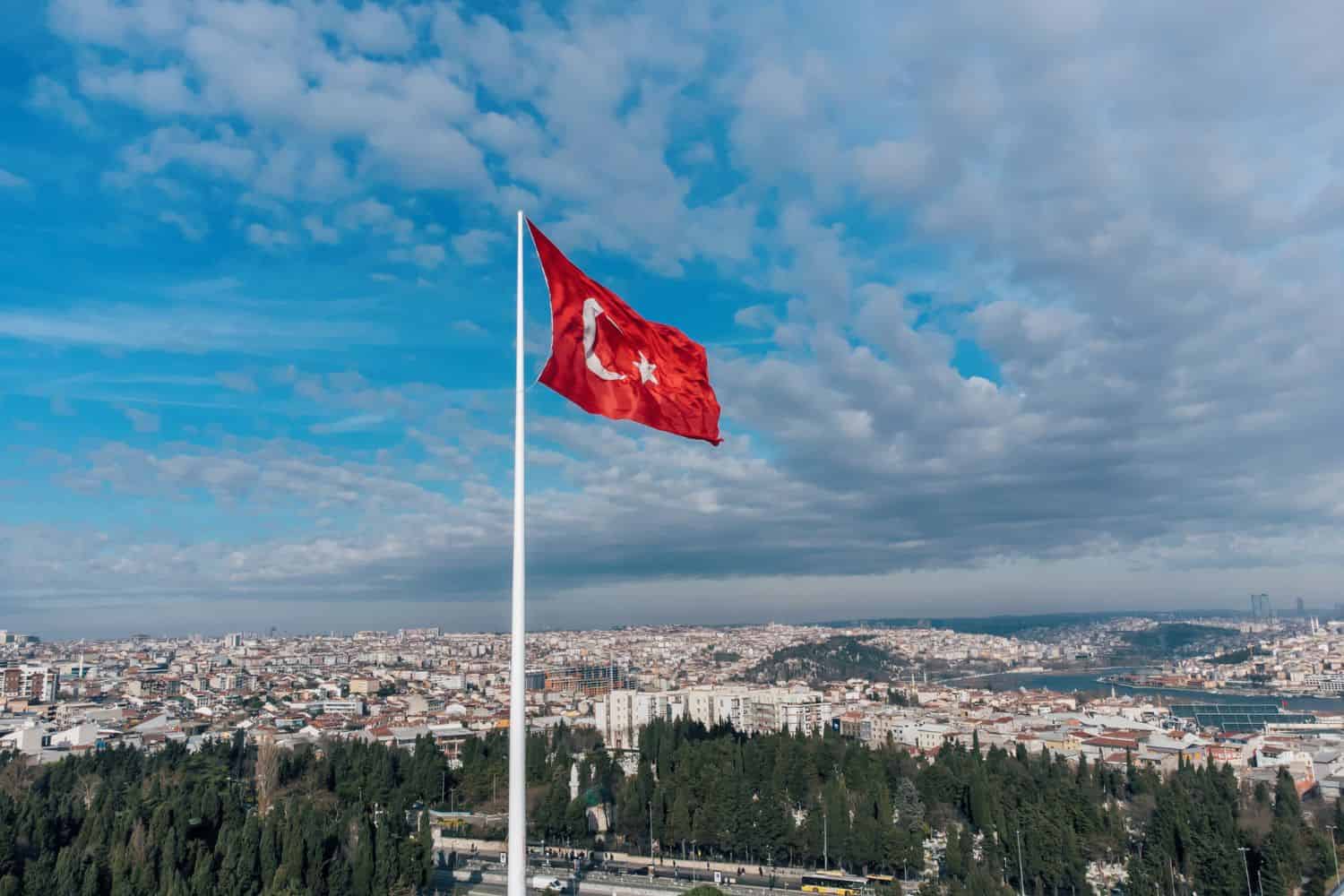
Maintaining the appropriate use and display of the Turkish flag is fundamentally important. Understanding the etiquette involved in handling the flag, especially during national ceremonies and events, is essential. It is important to be informed about the rules that dictate the handling, hoisting, and lowering of the flag. Additionally, one must know the correct procedures for retiring or managing damaged flags to ensure they are treated with the respect they deserve.
- Proper Handling: It is essential to handle the Turkish flag with care and reverence, preventing it from touching the ground or the floor. It must always be held upright and never dragged along any surface.
- Hoisting and Lowering: The flag should be hoisted briskly and lowered ceremoniously. The general practice is to hoist the flag at sunrise and lower it at sunset, although adjustments can be made depending on specific guidelines or the occasion at hand.
- Displaying the Flag: When displaying the flag, it should have the red field at the top with the white crescent and star positioned centrally. It is important to allow it to fly freely, without being entangled or obstructed in any way.
- Half-Staff: On certain days of remembrance or during national tragedies or the passing of important figures, the flag should be flown at half-staff as a sign of mourning or respect, following directives from the relevant authorities.
- Flag Retirement: When the Turkish flag becomes damaged or worn out, it should be retired gracefully and respectfully. This may involve burning it in a solemn and respectful ceremony, in line with the proper guidelines and local regulations.
- Flag Size and Placement: The size of the flag that is displayed should be in proportion to the flagpole or the display area. It is recommended to follow the advice of local authorities or guidelines for specific details on flag size and placement.
- Respectful Disposal: In instances where burning is not a feasible option for flag retirement, the flag should be disposed of respectfully, either by burying it or giving it to authorized organizations that specialize in flag disposal.
Interesting Facts and Trivia
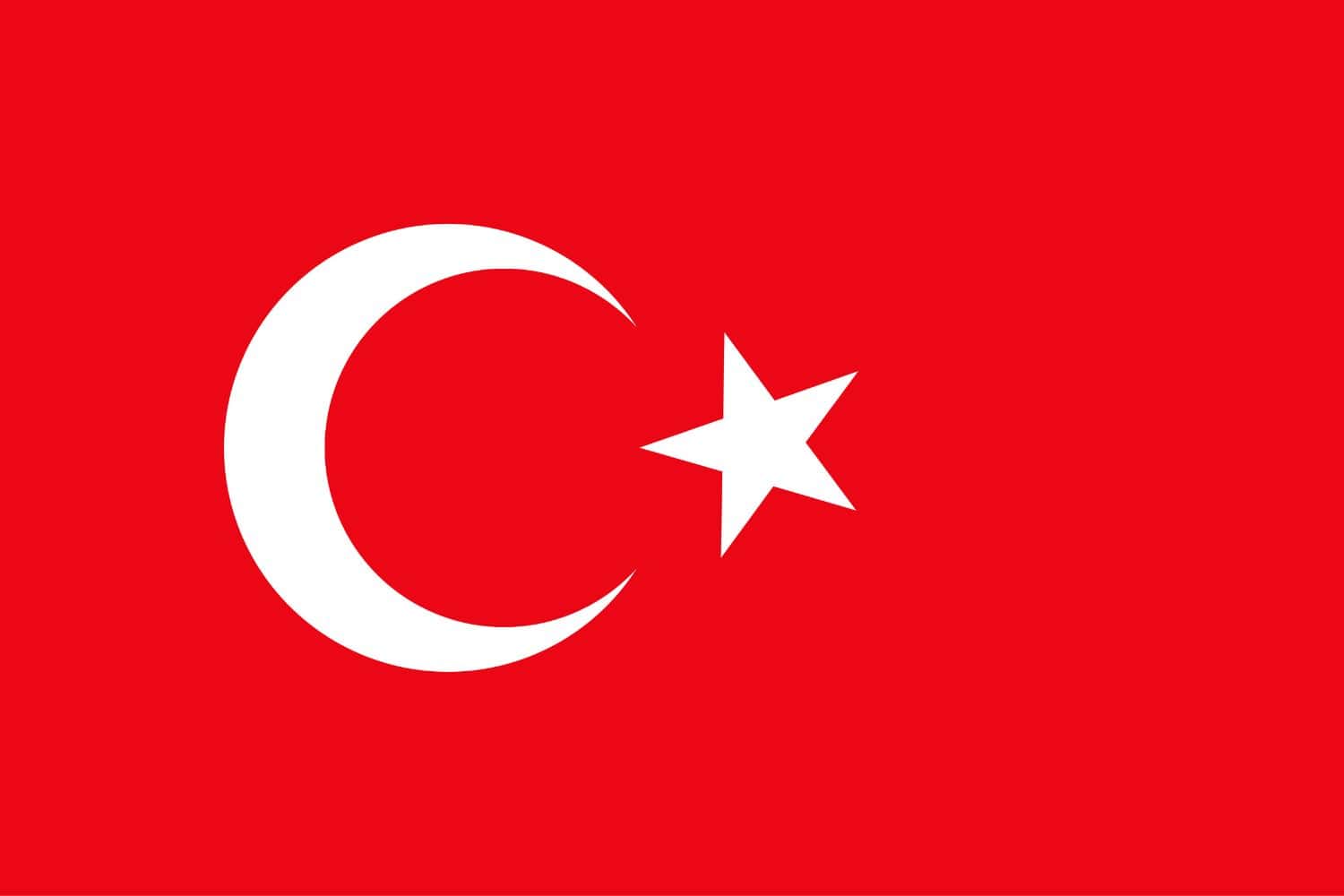
Embark on a journey of fascinating facts and lesser-known trivia about the Turkish flag. Discover unique features within the flag’s design that hold hidden symbolism. Uncover stories of famous incidents or events involving the flag that have left an indelible mark on the nation’s history and identity.
Rich Tapestry of History
- 1844: The current flag of Turkey is adopted on June 5, encapsulating the unity and aspirations of the Turkish people.
- Colors and Symbolism: The red color represents bravery, strength, and the sacrifices made by the Turkish people, while the white color seen in the crescent and star symbolizes purity and peace.
- Crescent and Star: The star and crescent at the center of the flag represent the historical and cultural significance of Turkish tradition, reminiscent of its Ottoman roots and Islamic heritage.
- National Identity: The flag embodies Turkey’s rich history, cultural heritage, and the nation’s ongoing pursuit of unity, prosperity, and renewal.
These historical facts highlight significant moments in the history of the Turkish flag, showcasing its role in shaping Turkey’s national identity and symbolizing its struggles and aspirations throughout the years.
Flag-Related Symbols and Emblems
A flag is not alone in representing a nation’s identity. Explore additional national symbols and emblems closely associated with Turkey, understanding their significance and how they relate to the flag. Delve into their historical and cultural roots, further enriching your understanding of Turkey’s heritage. It’s easy to travel and undertake a Turkey tour to visit the country’s best destinations.
Symbolisms of the Turkish Flag
The flag of Turkey holds several symbolic elements that represent the nation’s history, values, and aspirations. Here are the symbolisms of the Turkey flag presented in itemized form:
- Red Color: Represents bravery, valor, and the sacrifices made by the Turkish people throughout history.
- White Crescent and Star: These elements are a nod to Turkey’s Ottoman past and also symbolize the hope and progress of the modern Turkish Republic. The crescent represents growth and rebirth while the star symbolizes unity and brightness in the nation’s future.
- Flag’s Design: Reflects Turkey’s aspirations, cultural heritage, and unity among the Turkish people.
- National Identity: The flag serves as a powerful symbol that unifies the Turkish people, reminding them of their shared heritage and cultural identity.
- National Aspirations: Through its design and elements, the flag embodies the aspirations and values of the Turkish nation, including bravery, hope, unity, and tradition.
These symbolisms in the flag contribute to the country’s sense of identity and pride, reflecting its historical journey and cultural significance.
Flags of Similar Countries or Regions
Examining the flags of countries or regions surrounding Turkey can offer fascinating insights. Delve into a detailed comparison of the flags, recognizing the similarities and differences in design, colors, or symbolism. Discern the historical and cultural ties between the flags, which can shed light on shared influences or unique identities.
Turkish Flag vs Azerbaijani Flag
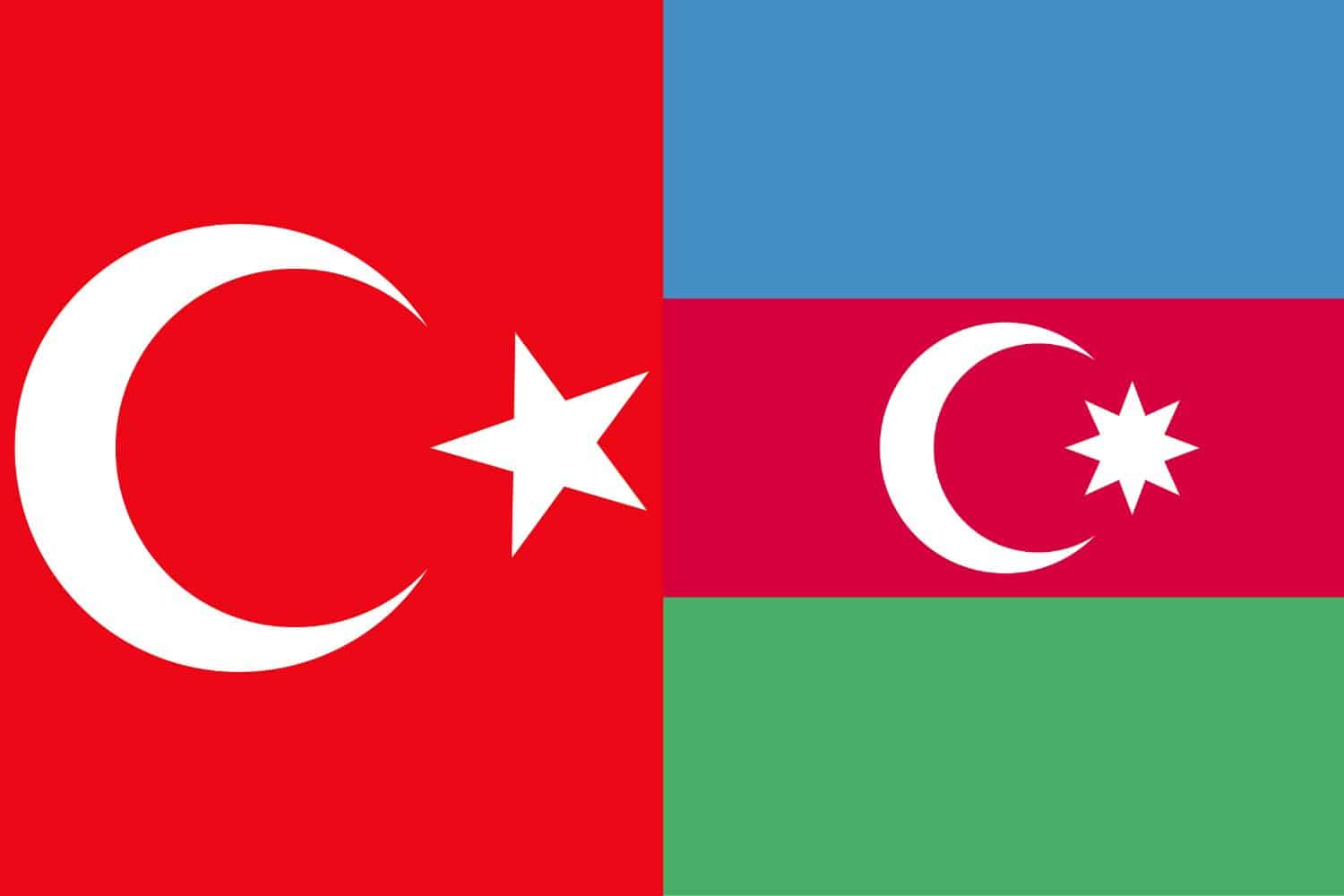
Similarity: Both flags feature the color red prominently.
Difference: The Azerbaijani flag includes a blue stripe and a green stripe, separated by a red stripe in the middle, accompanied by a white crescent and an eight-pointed star situated on the red stripe.
Turkish Flag vs Greek Flag
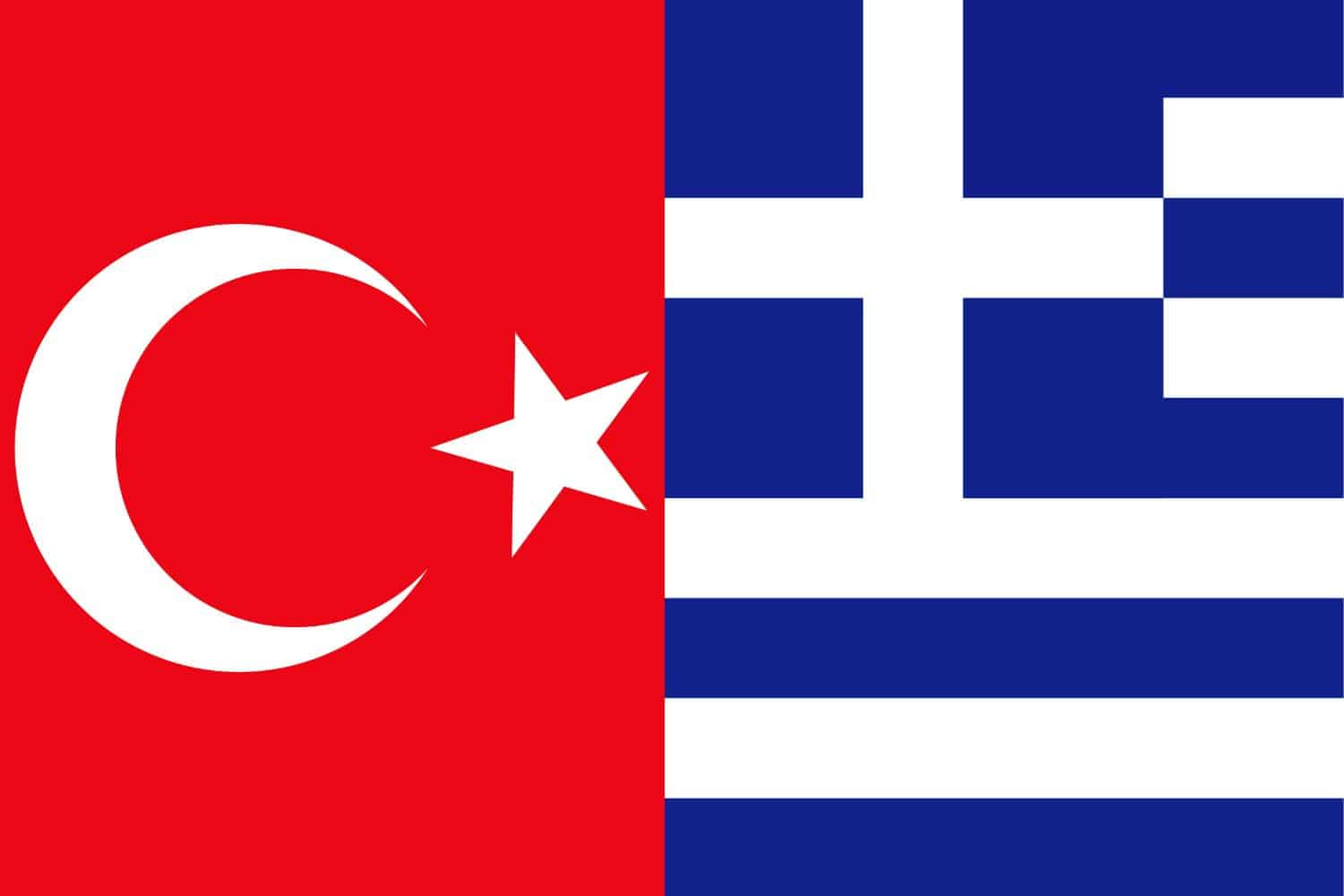
Similarity: Both flags utilize a blue and white color scheme.
Difference: The Greek flag features alternating blue and white stripes with a blue square in the upper hoist-side corner containing a white cross.
Turkish Flag vs Syrian Flag
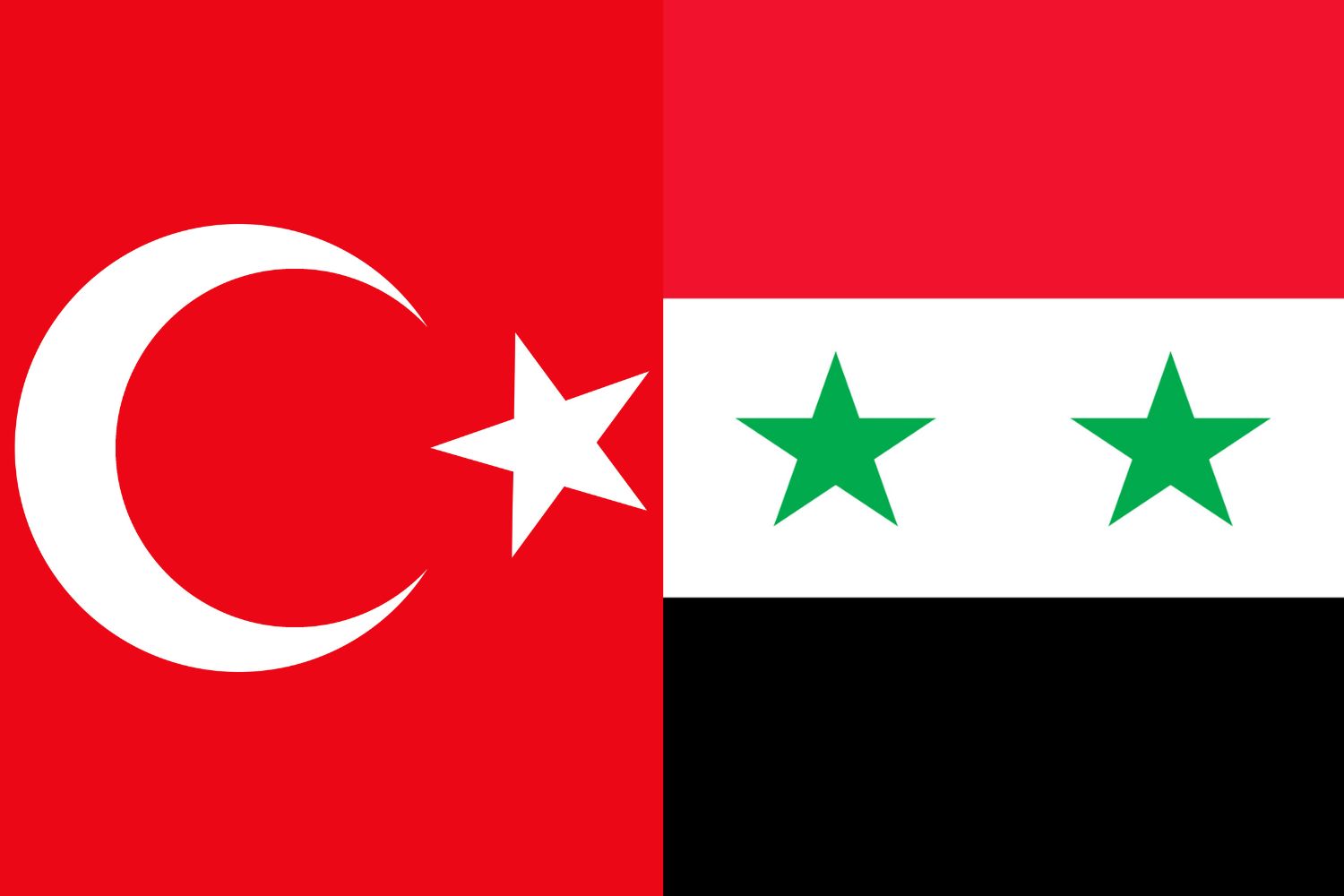
Similarity: Both flags incorporate red and white in their design.
Difference: The Syrian flag consists of three horizontal stripes: red on the top, white in the middle with three red stars, and black on the bottom.
Turkish Flag vs Bulgarian Flag
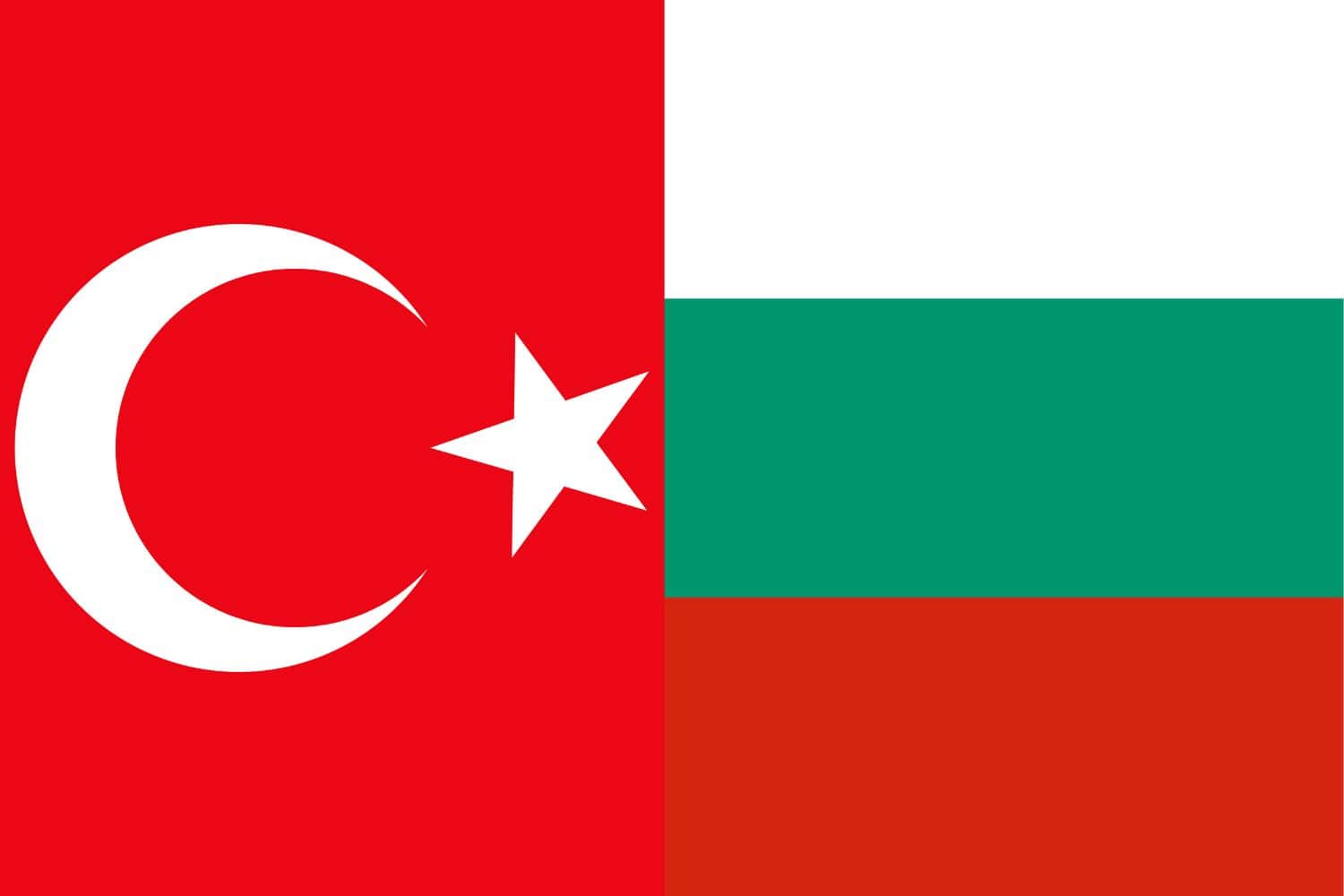
Similarity: Both flags use white and red in their designs.
Difference: The Bulgarian flag is composed of three horizontal bands of white, green, and red from top to bottom.
Turkish Flag vs Georgian Flag
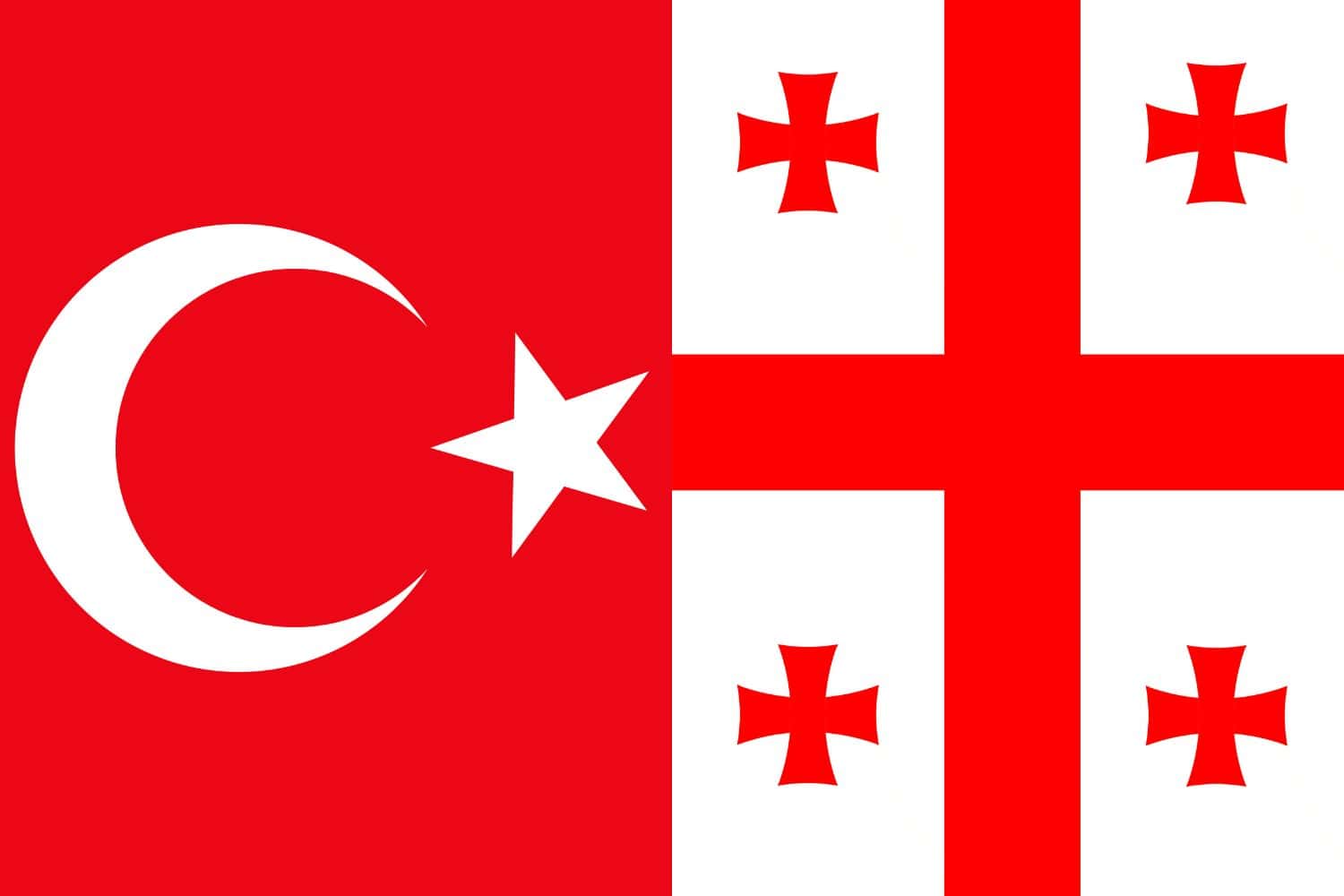
Similarity: Both flags contain white as a significant element in their designs.
Difference: The Georgian flag showcases a white field with five red crosses, a large one in the center, and four smaller ones in each corner.
Turkish Flag vs Iraqi Flag
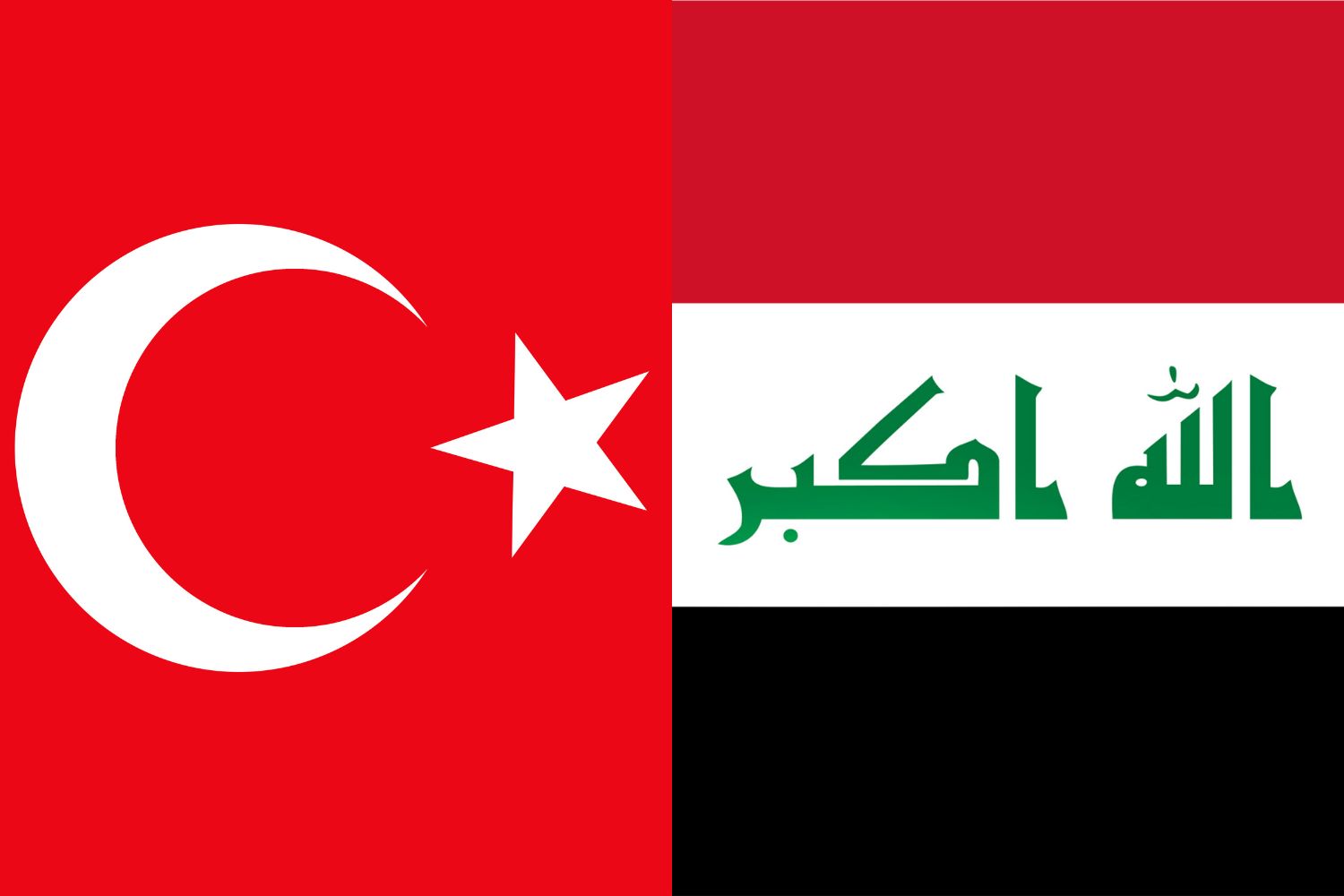
Similarity: Both flags feature the color red.
Difference: The Iraqi flag consists of three horizontal stripes; red on top, white in the middle which contains the Takbir in green Kufic script, and black on the bottom.
Frequently Asked Questions (FAQs)
Discover answers to common questions related to the Turkey flag picture. From its historical origins to the symbolism behind its elements, find concise and informative responses that address inquiries commonly posed by those curious about Turkey’s flag.
What do the star and crescent on the Turkish flag represent?
The star and crescent are considered symbols of Islam, and they have a long history in Ottoman and Turkish iconography, representing the country’s Ottoman heritage and its Islamic influence.
What are the exact colors used on the Turkish flag?
The Turkish flag uses a specific shade of red called “Turkish red,” a slightly dark shade of red, accompanied by white for the star and the crescent.
Who designed the Turkish flag?
The exact origin of the Turkish flag’s design is a bit of a mystery, with several legends and historical narratives associated with its creation. However, it is generally attributed to the developments during the late Ottoman era and early Republic of Turkey period.
Has the Turkish flag’s design ever changed?
The flag’s basic design has remained consistent since its adoption, but there have been minor modifications over time to details such as the size and position of the star and crescent.
When was the Turkish flag officially adopted?
The current design of the Turkish flag was officially adopted on June 5, 1936, but the basic design elements have been in use since the late 18th century.
What is the symbolism behind the color red on the Turkish flag?
While there isn’t an official explanation, the color red is often considered to symbolize bravery, strength, and valor, reflecting the characteristics of the Turkish nation.
What is the proportion of the Turkish flag?
The official proportions of the Turkish flag are 2:3, meaning the length is 1.5 times the width.
How should the Turkish flag be displayed during national ceremonies or international events?
During national ceremonies or international events, the Turkish flag should be displayed in a position of honor, and it should be treated with the utmost respect in line with the Turkish Flag Law that governs its usage.
Can the Turkish flag be used in commercial products or advertisements?
The use of the Turkish flag in commercial products or advertisements is regulated under Turkish law to prevent its misuse or disrespect. It is generally advised to use the flag respectfully and in line with the legal provisions.
What is the significance of the Turkish flag to the people of Turkey?
The Turkish flag, also known as “Al Bayrak” (The Red Flag) or “Al Sancak” (The Red Banner), holds a deep symbolic value for the Turkish populace. It represents the country’s history, independence, and unity, embodying the national identity and pride of the Turkish people.
More About Turkey
[the-post-grid id=”50436″ title=”Turkey Main page”]
